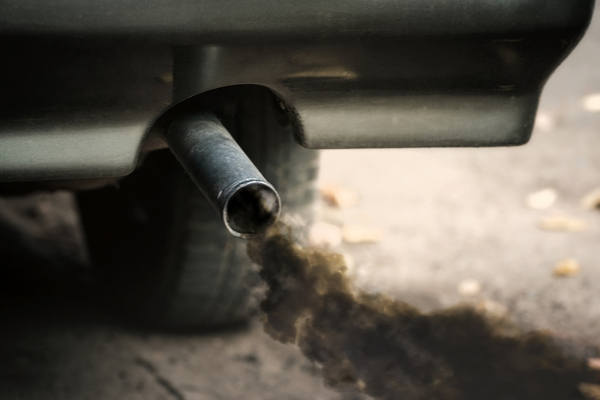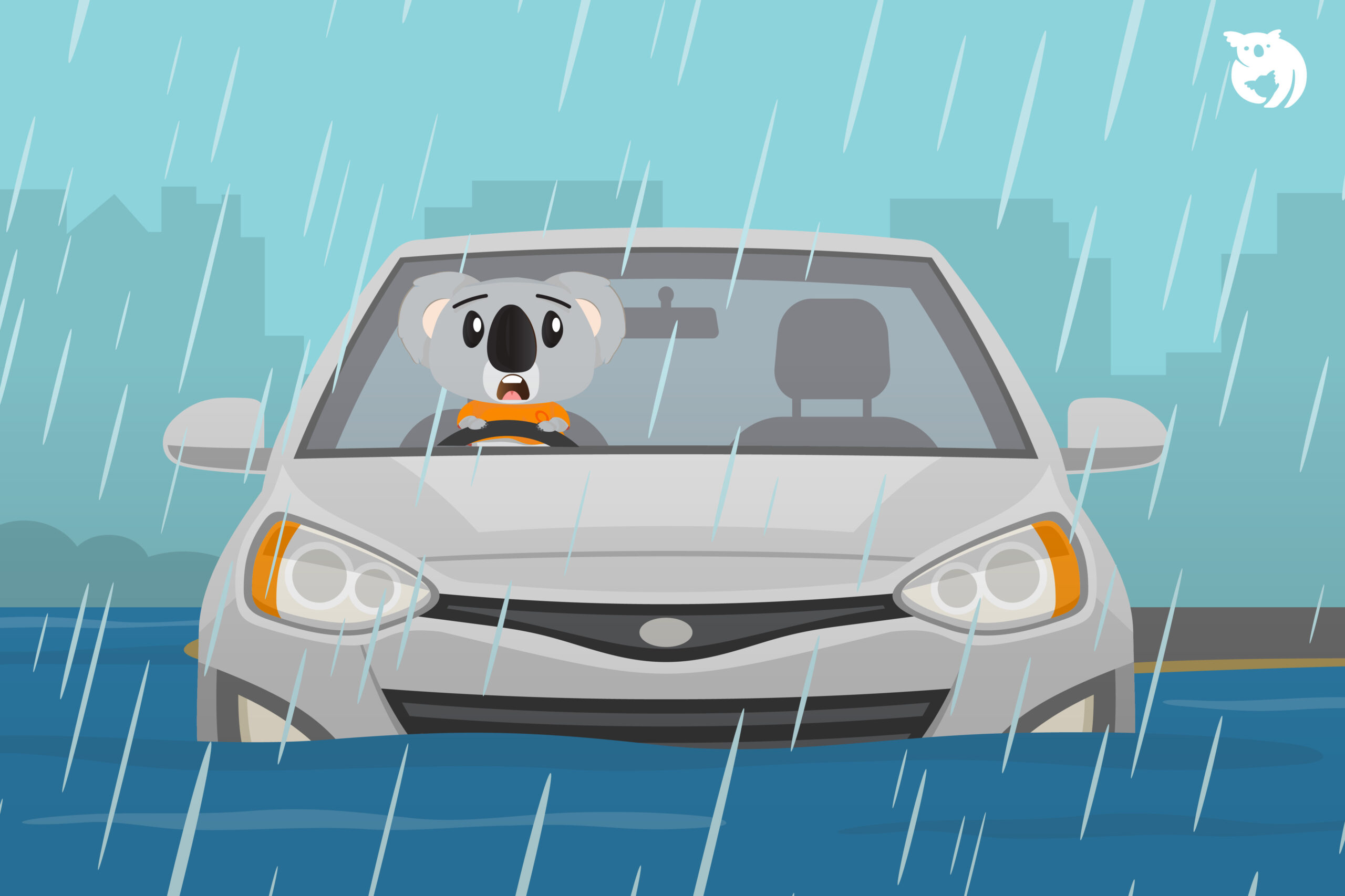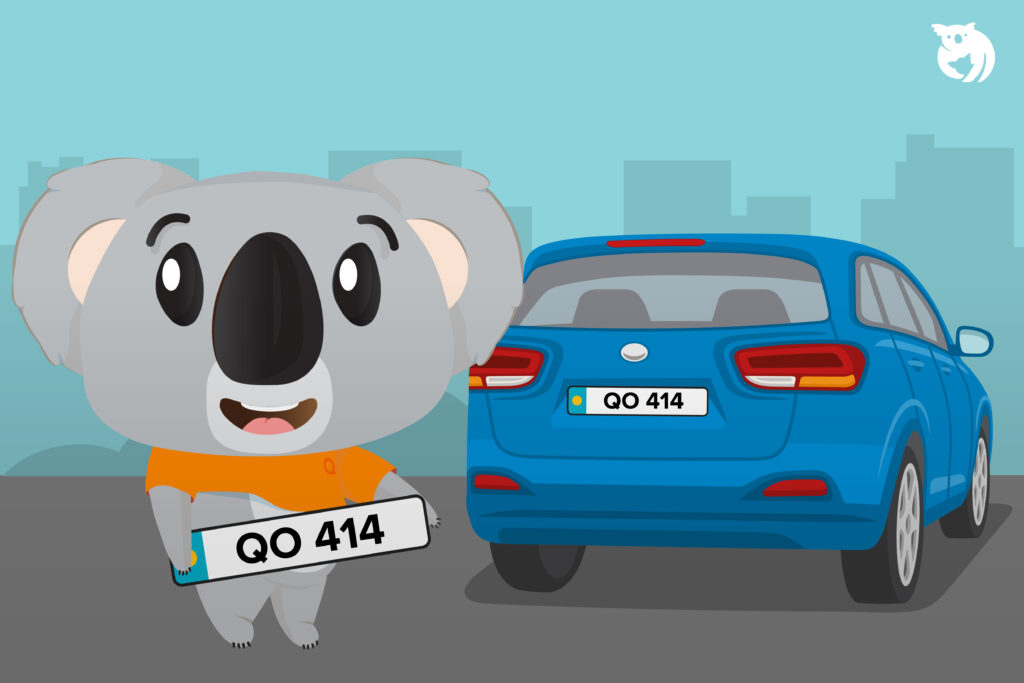The car exhaust system is one of the components that often goes unnoticed. When was the last time you checked or serviced your car, especially the exhaust system? Was it last year, two years ago, or have you never checked it at all? In general, the exhaust system plays a crucial role in ensuring that the release of hazardous chemicals into the air is at a safe level, in line with the standards set by each country. Therefore, if the maintenance aspect of your car’s exhaust system is neglected, it is prone to leaks and damage.
5 Symptoms of a Leaky and Troubled Car Exhaust System
Basic knowledge of a leaky car exhaust system can help reduce the risk of more serious car damage that could jeopardize your life and safety. If you notice something amiss with your car’s exhaust system, promptly take your car to a workshop for further inspection. Here are some signs of a leaky car exhaust system to refer to:
1. Engine Performance and Acceleration Decline
A leak in the exhaust system can indirectly affect the performance of your car’s engine. You may find that your car’s acceleration is diminishing, lacking power, and the pick-up is not as smooth when you press the accelerator. Technically, your car will continue to lose power if the exhaust leak issue is not fixed. If you used to easily overtake other cars, now you may hesitate even when trying to overtake slower vehicles.
2. Loud Exhaust Noise
If you notice that your car’s exhaust is producing a loud noise, it is one of the signs indicating a problem with the exhaust system that needs attention. The intensity of the noise usually depends on the size of the leak. A leaking exhaust will produce a hissing sound similar to a gas leak or a tapping sound like raindrops falling on a roof. Typically, this noise becomes louder when the engine is cold or when the vehicle is accelerating.
3. Vibrating Accelerator Pedal
Furthermore, if you feel vibrations in the accelerator pedal, it may indicate a leaking or other related problem with the car’s exhaust system. Usually, pedal vibrations can occur even with minor exhaust pipe leaks. Moreover, the intensity of the vibrations is directly proportional to the size of the exhaust leak—the larger the leak, the more severe and noticeable the vibrations. If this situation is ignored, it can worsen and affect the car’s steering and floor.
4. Increased Fuel Consumption
Frequent refuelling compared to normal also indicates a leaky car exhaust system. This is because the exhaust system requires the correct ratio of fuel and air to maintain fuel efficiency. If there is a leak, the engine’s performance will be affected because the car’s system requires a higher fuel content to achieve the proper pressure and deliver the same amount of power and performance as usual.
5. Unpleasant Odor
A leaking car exhaust system can also be identified by the odour it emits. Usually, the gases entering the car cabin produce an unpleasant smell. If there is a leak in the manifold, gases emitted by the car’s engine, such as carbon dioxide (CO2), will produce a distinct odour different from colourless, odourless, and tasteless carbon monoxide (CO) gas. These gases can be dangerous if continuously inhaled while driving. Therefore, it is advised to always be aware of any unusual smells, vibrations, or environmental odours while driving.

4 Car Exhaust Smoke Colors and Causes of Damage
In addition to the signs of a damaged car exhaust mentioned above, you can also identify signs of damage to your car by observing the colour of the exhaust smoke. The smoke coming out of the exhaust pipe can serve as an early indication of any issues with your car’s components. Typically, there are 4 different colours of car exhaust smoke, each indicating a different problem that may be present in your vehicle.
1. Black Smoke from Car
For diesel engines, black smoke is considered normal. However, if your petrol engine car emits black smoke, it indicates a problem with the car’s engine that requires attention. Black smoke from the car’s exhaust is usually caused by a lack of air in the engine.
Insufficient air leads to an incomplete combustion process, where the engine does not receive enough air, indirectly requiring more fuel for combustion. If you encounter this situation, check your car’s air filter as it is likely clogged. Additionally, this problem could also be caused by damage to the carburettor or fuel injectors. It is best to take your car to a workshop for further inspection.
2. Blue Smoke from Car
Usually, a car’s exhaust emits blue smoke when there is an issue related to the engine, such as an oil leak. Oil leaks commonly occur when the valve seals or piston rings are damaged, causing the engine to burn oil and produce blue smoke.
Furthermore, noticeable blue smoke during acceleration indicates piston ring damage originating from the cylinder head. For your safety, promptly take your car to a nearby workshop for further inspection.
3. White Smoke from Car
White smoke coming out of the car’s exhaust is common during cold start-ups in the morning. However, if thick white smoke is emitted from the exhaust pipe while driving, it indicates a serious problem with your car that requires immediate attention.
Although both situations may seem similar, white smoke in the morning is caused by the presence of water vapour, which causes condensation, while thick white smoke while driving is a result of a leak of lubricating oil that has entered the internal combustion chamber.
Typically, thick white smoke caused by a lubricating oil leak produces a specific odour. Furthermore, white smoke from the car also indicates damage to the cylinder gasket or worn-out pistons.
If you encounter this situation, promptly take your car for repairs to reduce the risk of further damage and avoid higher repair costs.
4. Grey Smoke from Car
Grey smoke indicates that there is a specific problem with the engine components, such as burning gear oil from the cylinder or damage to the piston rings.
Pay attention to these signs to allow for immediate repairs. In addition to the smoke colour, if you detect a burning odour, it indicates a problem with the turbocharging component of your car. Repair your car promptly to prevent more serious damage from occurring.
Car Exhaust Service: Exhaust Maintenance Tips
Many car owners neglect the aspect of car exhaust maintenance. Therefore, Qoala provides the following exhaust maintenance tips for your reference and guidance:
- Perform exhaust inspections at least every three months to identify any damage or leaks in the exhaust system.
- You can conduct a visual inspection at home by using your hand to check if there is any air coming out of the exhaust pipe. Take precautionary measures to avoid touching any hot parts of the exhaust.
- If you detect any leakage in the gasket connecting the engine block, it is recommended to replace the component. Usually, gasket failure occurs due to temperature changes, and the lifespan of a car’s gasket can last from five to twenty years, depending on usage.
- If a minor leak occurs in other areas, you can repair the leak. However, it is advisable to replace the entire exhaust system if the leak is significant to avoid wasting fuel.

Car Exhaust Price: Cost of Repairing a Leaking Exhaust
On average, repairing a leaking car exhaust costs less than RM50. This is because exhaust leaks are usually fixed by closing and welding the exhaust. However, if you want to replace the entire exhaust system, it may incur higher expenses depending on the type of exhaust and your vehicle model.
We hope this information helps you identify the signs of car exhaust damage. It is recommended to take preventive measures promptly, such as taking your vehicle to a workshop if you notice any unusual exhaust behaviour. Additionally, if you are considering getting car insurance for your vehicle, visit Qoala’s website, the best insurance platform in Malaysia, for more information.

 EN
EN
 MY
MY








